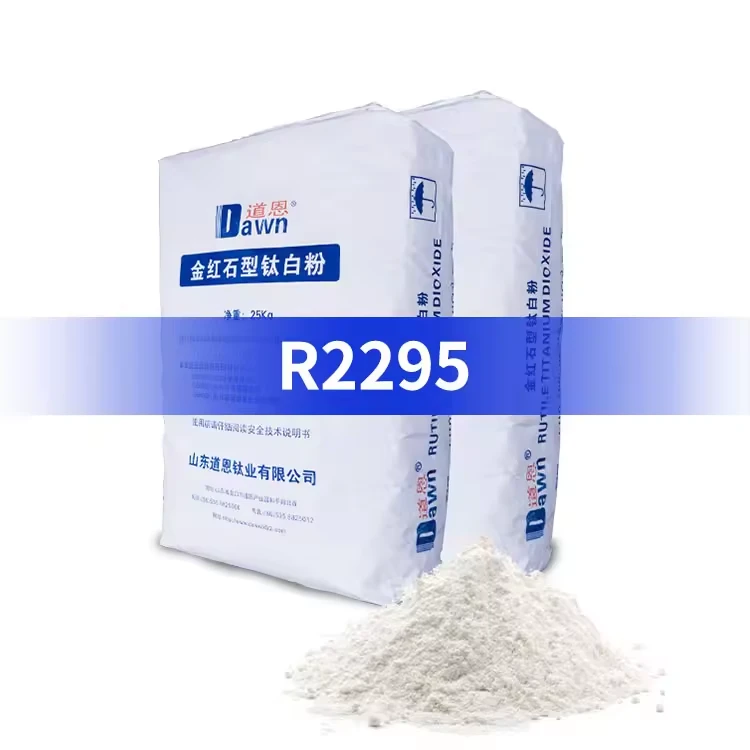
Nov . 08, 2024 06:59 Back to list
Exploring the Role of TiO2 in Various Industries and Its Leading Manufacturers
The Usage of TiO2 and Its Manufacturers
Titanium dioxide (TiO2) is a widely used white pigment and a versatile material with numerous applications across various industries. Its exceptional properties, such as high refractive index, brightness, and UV resistance, make it an indispensable component in paints, coatings, plastics, paper, and cosmetics. This article explores the various applications of TiO2, the manufacturing processes involved, and the leading manufacturers in the global market.
Applications of TiO2
TiO2 is most renowned for its role as a pigment. In the paint and coatings industry, it serves as a vital ingredient that imparts a bright, white color, enhances opacity, and improves durability. Its ability to reflect ultraviolet light also aids in protecting surfaces from weather-related damage, thus extending the lifespan of painted materials.
In the plastics sector, TiO2 is utilized to enhance the aesthetic properties of products, providing opacity and brightness while improving the durability and resilience of plastics against UV light. This application is particularly relevant in outdoor products, where longevity and color retention are crucial.
In addition to its uses in paints and plastics, TiO2 is a key component in the production of paper. It improves the opacity and brightness of paper products, enhancing their quality and appearance. Furthermore, in the cosmetics industry, TiO2 is often found in sunscreens and skincare products due to its excellent UV filtering capacity, offering protective benefits for the skin.
Another significant application of TiO2 is in photocatalysis, where it is used to create self-cleaning surfaces and air purification systems. When illuminated, TiO2 can activate certain chemical reactions that break down organic pollutants, making it valuable in environmental applications.
Manufacturing Processes of TiO2
The production of TiO2 generally involves two primary processes the sulfate process and the chloride process
.1. Sulfate Process In this traditional method, titanium feedstocks, such as ilmenite, are reacted with sulfuric acid to produce titanyl sulfate. This intermediate is then hydrolyzed to produce titanium dioxide precipitate, which is subsequently washed, filtered, and calcined to yield the final TiO2 product. Although the sulfate process has been widely used, it generates a significant amount of waste, which poses environmental challenges.
tio2 usage manufacturer

2. Chloride Process This newer, more environmentally friendly technique involves the conversion of titanium ores into titanium tetrachloride (TiCl4) through chlorination at elevated temperatures. The TiCl4 is then oxidized to produce TiO2 via a process that produces less waste than the sulfate method. As a result, the chloride process has gained favor among manufacturers seeking to reduce their environmental impact.
Leading Manufacturers of TiO2
The global TiO2 market is dominated by several key players that operate at a large scale. Some of the leading manufacturers include
- Dupont Renowned for its TiO2 products, DuPont utilizes advanced production technologies, focusing on sustainability and product quality. Their TiO2 is widely used in coatings and plastics.
- Tronox As one of the largest producers of TiO2 globally, Tronox operates production facilities across different regions and caters to diverse applications in paint, coatings, and other sectors.
- Chemours A spin-off from DuPont, Chemours is a significant player in the TiO2 market, providing high-performance pigments and maintaining a strong commitment to sustainability.
- Huntsman Corporation This company produces TiO2 under the brand name Tioxide, which is known for its high opacity and brightness suitable for a variety of applications.
- Kronos Worldwide Known for its expertise in titanium dioxide, Kronos operates multiple production facilities and maintains a strong presence in the North American market.
Conclusion
The usage of titanium dioxide spans multiple industries, highlighted by its essential role as a pigment and its versatile applications in products ranging from paints to skincare. The manufacturing processes for TiO2, particularly the sulfate and chloride methods, have a significant impact on the environment, leading manufacturers to seek more sustainable practices. As demand continues to grow, the leading manufacturers in the TiO2 market are poised to innovate and adapt, ensuring that this vital oxide remains integral to modern manufacturing.
-
Premium 6618 Titanium Dioxide for GPT-4 Turbo Applications
NewsJul.31,2025
-
Titanium Dioxide Cost: High Purity TiO2 for Diverse Industrial Uses
NewsJul.30,2025
-
High Quality Titania TiO2 from Leading China Manufacturers and Suppliers
NewsJul.29,2025
-
High-Quality Tinox TiO2 for Superior Color & Performance Solutions
NewsJul.29,2025
-
High Quality Titania TiO2 from Leading China Supplier & Manufacturer
NewsJul.29,2025
-
High-Performance r6618 TiO2 for Superior Whitening and Versatility
NewsJul.28,2025
